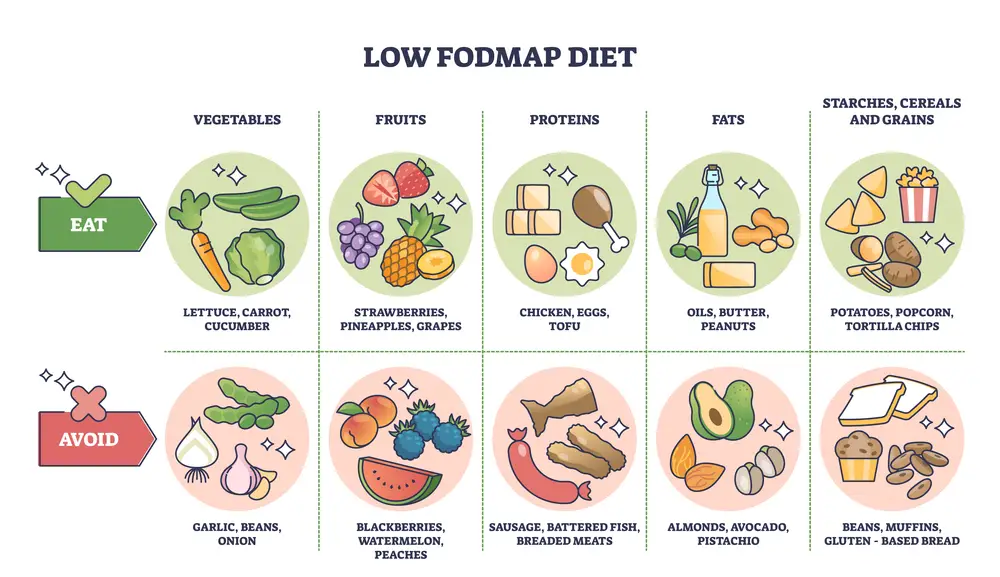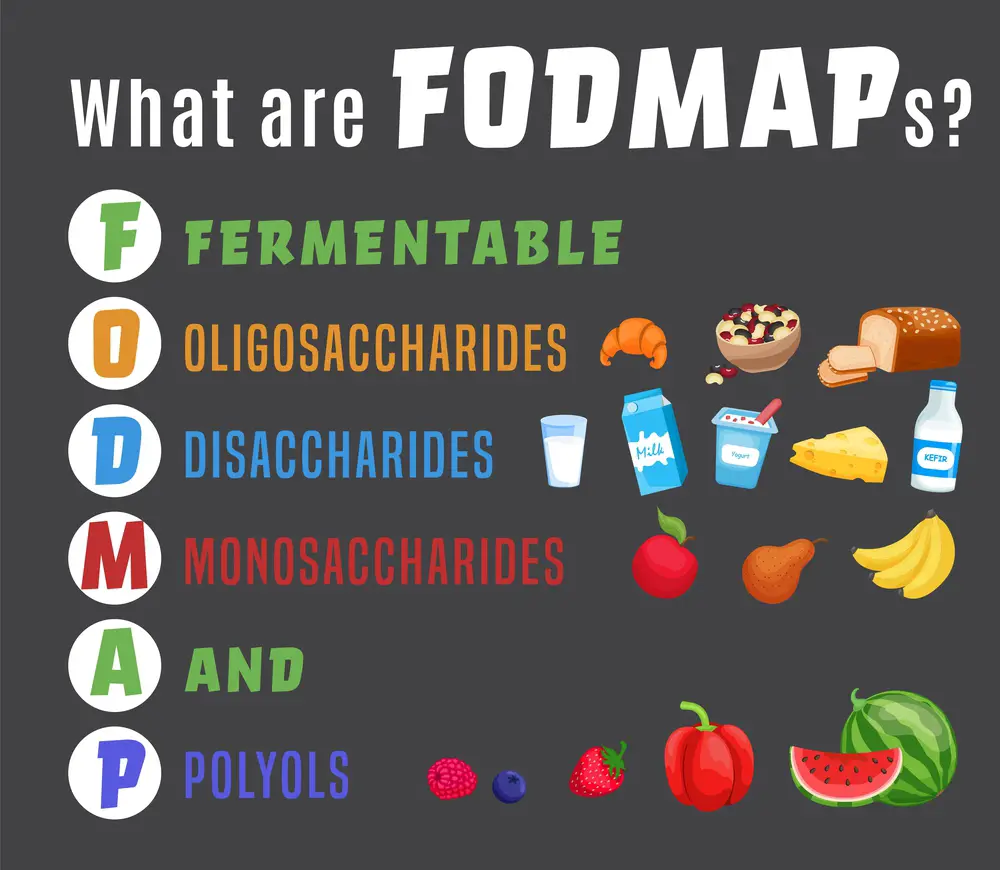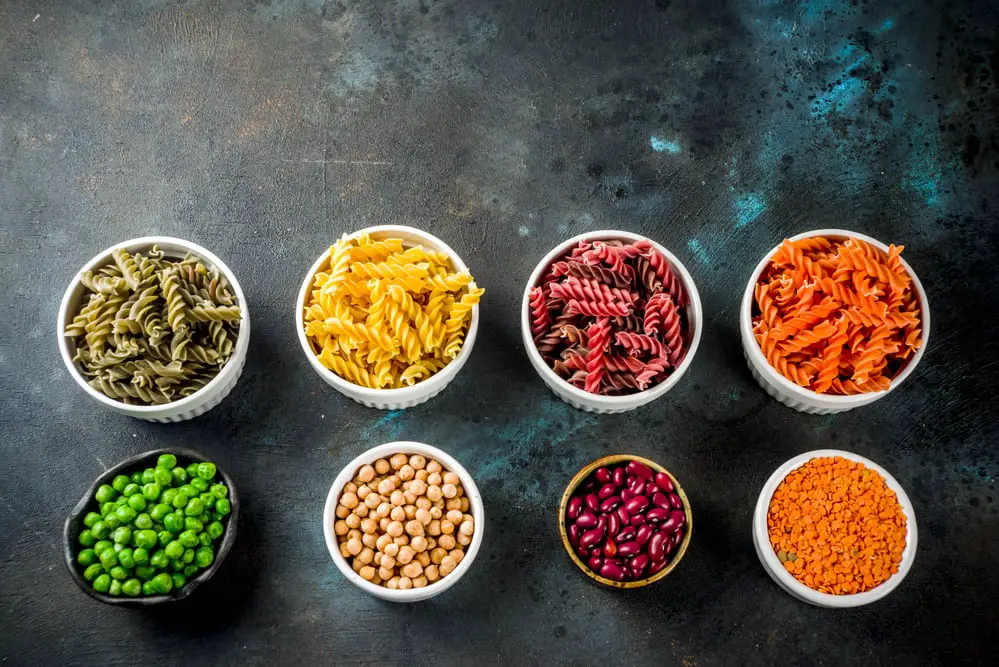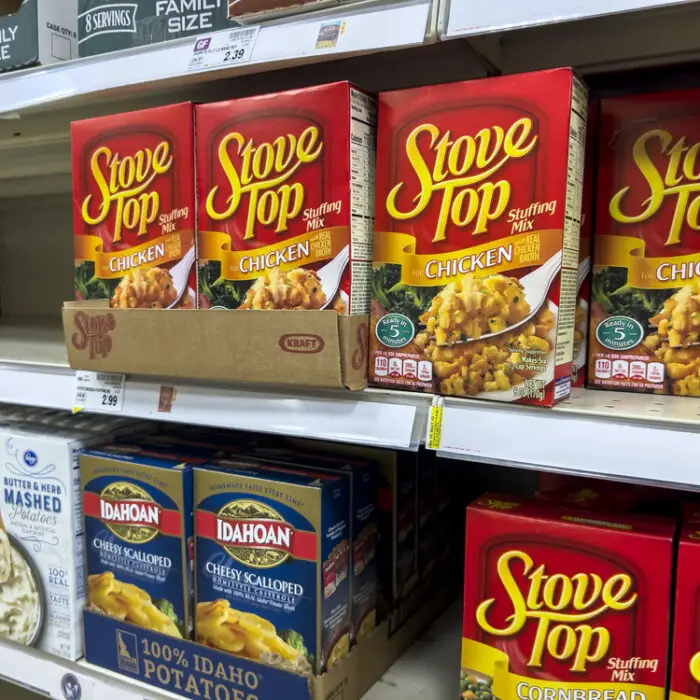When you have frequent abdominal discomfort, you want answers. What’s causing your symptoms? Could it be something you eat? Many people try changing how and what they consume to find relief. How does the low-FODMAP versus gluten-free diet stack up?
Science has discovered some interesting things about how these two diet plans may overlap. Comparing low-FODMAP diets versus gluten-free ones has revealed answers that may help you solve your food sensitivity issues.
The Essential Difference Between FODMAP Versus Gluten-Free Diets

What does it mean to eat low-FODMAP versus gluten-free? Here’s a closer look at each diet.
What Are FODMAP Foods?
FODMAP stands for fermentable oligosaccharides, disaccharides, monosaccharides and polyols. The small intestine struggles to digest these short-chain molecules of sugar, starches and fiber, which instead absorb water and ferment in the colon.
If you’ve ever opened a fermented beverage, you know it’s bubbly — and that same gurgling sensation often occurs in your gut. It results in symptoms like gas, bloating and abdominal discomfort.
Some gluten-containing foods, like rye, wheat and barley, are also high in FODMAPs. However, the terms aren’t synonymous. High-FODMAP foods consist of the following:
- Apples
- Pears
- Watermelon
- Mango
- Peaches
- Milk and dairy products
- Asparagus
- Barley
- Beetroot
- Broccoli
- Brussels sprouts
- Cabbage
- Fennel
- Onions
- Garlic
- Chickpeas
- Lentils
- Kidney beans
- Cashews
- Pistachios
- Rye
- Sweeteners ending with “ol,” like xylitol
- Wheat
Many of the foods on the list above impart various health benefits. However, they can cause gastrointestinal upset in those sensitive to lactose, fructose or polyols.
What Is Gluten?

Gluten refers to a specific protein found in wheat. People with celiac disease can become severely ill from eating it and suffer long-term health effects. Others have non-celiac gluten sensitivity, which causes abdominal discomfort after ingesting the substance without lasting damage.
Wheat can be tricky to avoid, as anyone with celiac disease can attest. It’s in many of today’s processed foods, meaning cross-contamination of even seemingly safe foods like wine can occur during the crushing, fermentation, clarification or aging and storage steps of the manufacturing process. Ingesting even a small amount can hurt folks with celiac disease, although those with non-gluten sensitivity may exhibit few symptoms from a trace encounter.
Does Eliminating FODMAP Foods Also Get Rid of Gluten?

Since wheat is a high-FODMAP food, switching to a low-FODMAP diet eliminates most of it. Folks with celiac disease should still take extra precautions to avoid accidental cross-contamination, reading labels to ensure the foods they select come from a facility free of the problematic protein.
However, people who switch to a gluten-free diet without finding relief may find their symptoms ease after reducing FODMAPs. If you suspect non-celiac gluten sensitivity, try an elimination diet approach to FODMAP foods. Remove them from your menu for two weeks before adding them back in one at a time. Many FODMAP foods provide nutritional benefits, so you only need to ban the specific ones that trigger stomach upset.
Low-FODMAP Versus Gluten-Free Diets — How Do They Affect Nutrition?
As previously mentioned, many low-FODMAP and gluten-free foods pack a nutritional punch. Those who only eliminate gluten have fewer woes. Plant-based foods can provide complete protein, including all the essential amino acids the human body needs.
When comparing low-FODMAP versus gluten-free diets, they risk falling short in the fiber department. Fiber draws water into your colon, making “the go” easier, but certain types could trigger your symptoms. Fortunately, some foods are both low-FODMAP and high in fiber, including:
- Berries
- Citrus fruits
- Grapes
- Deep, leafy greens
- Bell peppers
- Carrots
- Tomato
- Zucchini
- Oats
- Quinoa
- Buckwheat
- Millet
- Black beans
- Edamame
- Almonds
- Chia, flax, pumpkin, and sunflower seeds
If embarking on a low-FODMAP or gluten-free diet, eat more of the above to ensure sufficient fiber intake. Otherwise, you could develop yet another unpleasant abdominal symptom — constipation. You can also investigate fiber supplements by reading the labels. Those made from guar gum are generally safe. Monash University, a leader in FODMAP research, certifies Sunfiber as a low-FODMAP fiber supplement.
Although dairy products are inherently gluten-free unless cross-contaminated or intentionally blended with other ingredients, those on low-FODMAP diets should ensure they get sufficient calcium intake. Green, leafy vegetables, sweet potatoes, and okra are good plant-based sources. You might also consider a supplement — calcium citrate and carbonate are both safe.
Which Is Better — a Low-FODMAP or Gluten-Free Diet?
A gluten-free or low-FODMAP diet may work for you, depending on your health needs. Since it’s easier to eliminate one substance at a time, start by cutting out the following gluten-containing foods and tune into your symptoms, perhaps keeping a food diary to monitor your progress:
- Bread
- Bagels
- Pasta
- Cookies
- Crackers
- Pancakes
- Waffles
- Pastries, pies, cakes and muffins
- Any foods breaded in wheat flour
- Soy sauce, salad dressings and condiments (read labels)
If that doesn’t bring relief, then move on to FODMAPs. Remember, you might not have an issue digesting every food on the list. For example, some people are only sensitive to sweeteners like xylitol, found in sugar-free gum and mints. They can solve their gastrointestinal upset by carrying a toothbrush to scrub up after meals instead of relying on the candy aisle.
What Safe Recipes Are Both Low-FODMAP and Gluten-Free?
Those who choose to eliminate gluten, FODMAPs or both can still enjoy scores of delicious recipes. Here are a few safe recipes that are low-FODMAP, gluten-free and sure to please.
Breakfast
Oats are gluten-free and low-FODMAP, although those with celiac disease should read labels carefully to avoid possible cross-contamination. A simple overnight oats recipe contains only three basic ingredients:
- ½ cup rolled oats
- ½ cup lactose-free milk, like coconut or almond milk
- 1 tablespoon chia seeds
Mix these ingredients the night before for an easy, grab-and-go morning meal. You can also doctor it up by adding pumpkin and spice, chocolate and peanut butter or low-FODMAP fruits like blueberries.
Lunch
It’s simple to convert your typical lunch to a low-FODMAP or gluten-free meal. Start with your bread, switching to a gluten-free version. Be careful and read labels. For example, while some Ezekiel breads are gluten-free, the traditional recipe calls for wheat, so ensure the one you select meets your dietary qualifications.
Skip the cheese and butter, but mayonnaise is safe, as are creamy dressings like avocado and Thousand Island if you crave a creamy texture. Complete your meal with roasted chicken or turkey and some low-FODMAP veggies atop your gluten-free bread, and viola, repast awaits. Add a few carrot sticks and an orange for your healthy lunch.
Dinner
Want a delicious dinner that’s low-FODMAP, gluten-free, and weight-loss friendly? Try this turkey bolognese sauce over zoodles or roasted spaghetti squash:
- 1 pound vegan ground turkey
- 1 finely cubed carrot
- 1 finely sliced celery rib
- ½ red pepper, finely chopped
- 1 14-ounce can diced tomatoes
- 1 24-ounce can marinara sauce
- 1 cup beef broth
- 3 tablespoons heavy whipping cream
- 2 tablespoons olive oil
- 1 teaspoon Italian seasoning
- ½ teaspoon paprika
- 1 bay leaf
- Salt and pepper to taste
Heat the oil and saute the carrot, celery, red pepper, and diced tomatoes until tender, for about five to seven minutes. Add the vegan ground crumbling it, and cook until it is entirely brown. Add the seasoning and beef broth, allowing it to cook until it absorbs — about 20 minutes. Then, add the pasta sauce and heavy cream, bringing it to a boil. Pour over zoodles or roasted spaghetti sauce and top with fresh chopped arugula to serve.
Demystifying the Pros and Cons of Gluten-Free and Low-FODMAP Diet
Food sensitivities vary from person to person. If you’ve wondered whether the low-FODMAP or gluten-free diet could ease your symptoms, try the above steps to eliminate suspected problematic substances and find a meal plan that works for your gut.
There’s no clear winner in the FODMAP versus gluten-free diet match. Both work well for people with specific health conditions and sensitivities. Which one is right for you depends on your unique body composition, but understanding the pros and cons of each can help you make the right dining choices.







